My name is Brenden Singh. In my day-to-day, I’m a freelance filmmaker/video editor, having worked mainly in fashion, for brands and commercial clients – from social videos to TV commercials. A repertoire of my work can be found on my website.
Why make a micro-budget feature film? Well, I had the idea since I was 14 years old. I had a lot of free time at that age, having been kicked out of Secondary School and not being in education. I had a couple things that I was doing. Going to mandatory meetings at the YOT [Youth Offending Centre], going to meetings with Social Services on being taken into care, playing video games, watching anime, reading books, trying to study without guidance and binging on the Top 100 film list on IMDB – where only the second film on the list became my favourite film: Akira Kurosawa’s – Seven Samurai.
The quality of the film can be defined by simply looking at who I was back then. An ADHD-riddled, anxious teen who couldn’t sit still. This film made me sit still though – I didn’t even want to move when the film ended! I’ve only seen the film once, so as not to deface my memory of it. The ending (if you haven’t seen it) is so beautifully Shakespearean, spoiling it would be genuine sin!
But it wasn’t only Seven Samurai that peaked my interest. Hong Kong, South Koran, Japanese and American indie art-house films were what really piqued my curiosity and got me thinking to myself – “hey, I’m going to be a deadbeat anyway, so why not just take the plunge and become a filmmaker?” Little did I know how difficult the journey would be.
I soon started going to Media Workshops sponsored by the local council. I watched all the films I could. And throughout it all, I had to deal with the circumstances around me. It was a tightrope, trying to balance the bullshit around me whilst also keeping my hungry, film-consuming obsession satiated. But, my love for films overcame all. And one scene that really, really caught my eye was from Takeshi Kitano’s – Hanabi. When the protagonist, played by Japan’s funniest man turned auteur film Director/Actor – Takeshi Kitano, slaps a fellow Yakuza in a toilet – and he doesn’t stop slapping him. The editing was unusual – when was he going to stop slapping the poor guy – but it just keeps going and going…
That’s when I realised – without knowing anything about the craft – that there’s a normal perceived rhythm to cinematography, to editing, to the lenses used – then I started watching more art-house films where these elements were purposely broken.
Anyway, my teenage life and its drama could be a book unto itself so I’ll just skip ahead and state my eventual qualifications and how I got my start in the industry. BTEC Media Level 2 & 3, BA Film & TV at London College of Communication, MA Dramatic Writing at Central Saint Martins. Before I started my Master’s Degree, I worked at a pub in North London where I grew increasingly frustrated at my lack of creative endeavours. So I signed up for a credit card with Lloyds, bought a Sony A7s, quit my job and started spending my days extremely stressed out as I wondered what the hell I had just done with no income coming in. My first paid gig as a new freelancer was shooting a catwalk at London Fashion Week – never underestimate the power of emails!
The first lens I bought and used as a freelancer, on advice from a photographer friend (Simon King), was a Leica Summicron-R 50mm f/2. I’ve always been averse to auto-focus lenses – especially for videography – so this lens seemed the perfect fit. Something about the boheh and the way the lens breathed had me enthralled – I began to constantly experiment, on jobs, with focus-pulling handheld (“warp stablizer” in Premiere Pro is a lifesaver) and started capturing some snazzy visuals my clients loved – mostly because no-one else as cheap as me was capturing anything similar. My first year of freelancing went as follows: a very successful month followed by months of nothing. I quickly mastered the art of budgeting to subsistence.
How is it I managed to fund a feature film, you might be asking yourself? Well, it wasn’t credit cards (thankfully) or anyone else’s cash (there’s no bank of mum and dad in my life). After finishing my Master’s, I curiously found myself getting into bed with several creative recruiters and now I get a near constant stream of freelance job offers as a video editor and motion graphics designer. A year of this and I had saved up a tidy sum of money – more than enough, I felt, because my main goal for this feature film was making it cheaper than Christopher Nolan made his ‘The Following’ for £6000. I wanted to spend less.
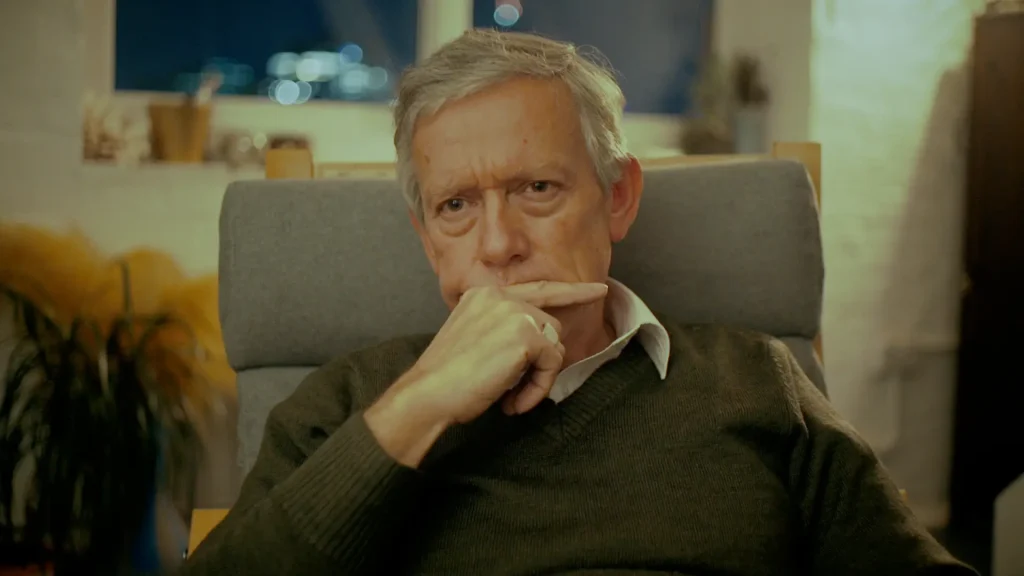
The process of getting writing this film is less than romantic. Doing a Master’s Degree in Writing made me realise just how inept I can be as a screenwriter and I desperately sought to improve. I can’t count the times I wrote a full screenplay only to scrap it, and rewrite it, then scrap it – rinse/repeat, for three years (having started writing the micro-budget film upon finishing my BA). At the very least, while my skill-level as a screenwriter progressed slowly, my ability as a Cinematographer/Photographer was improving at a steadier pace in both the craft and technical side. I had ended up selling my Leica lens, for the only reason that it was worth more than when I had bought it – and I instead purchased a Minolta 35-70mm (Macro) f/3.5 and helped finance some of the cost of a Zhiyun Crane Gimbal Steadicam with the money left over.
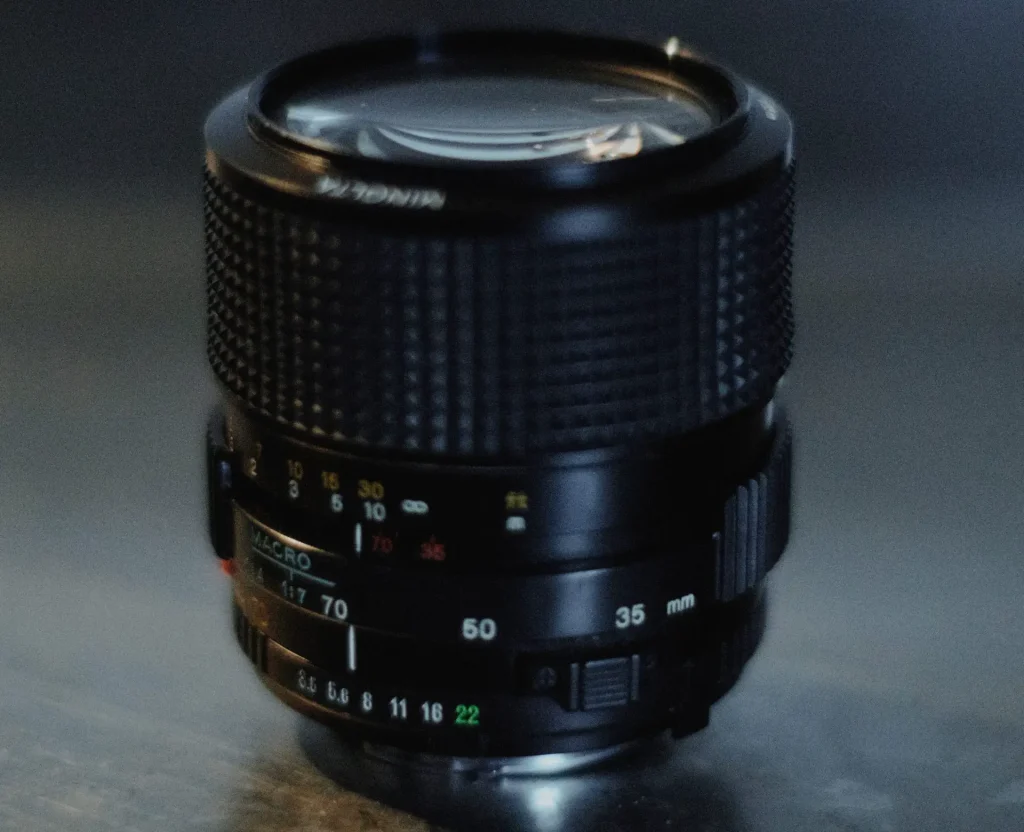
A behemoth of a vintage lens (but admittedly far smaller and less weighty than even the smallest comparable modern auto-focus lens of similar focal range) – it near enough killed my steadicam balancing it but the shots were great, especially at 70mm-macro. It does have one pretty stark “issue” – focus pulling takes forever, with around two full rotations each way to hit the limit of the throw; it was extremely smooth and slow to boot. I found myself in need of another lens and eventually settled on a Miranda 45mm f/2.8 for a couple reasons. It was incredibly cheap on Ebay, the shots looked good and most importantly, it was small – the latter point was a massive plus point for use with my steadicam. The results were… much better than expected.
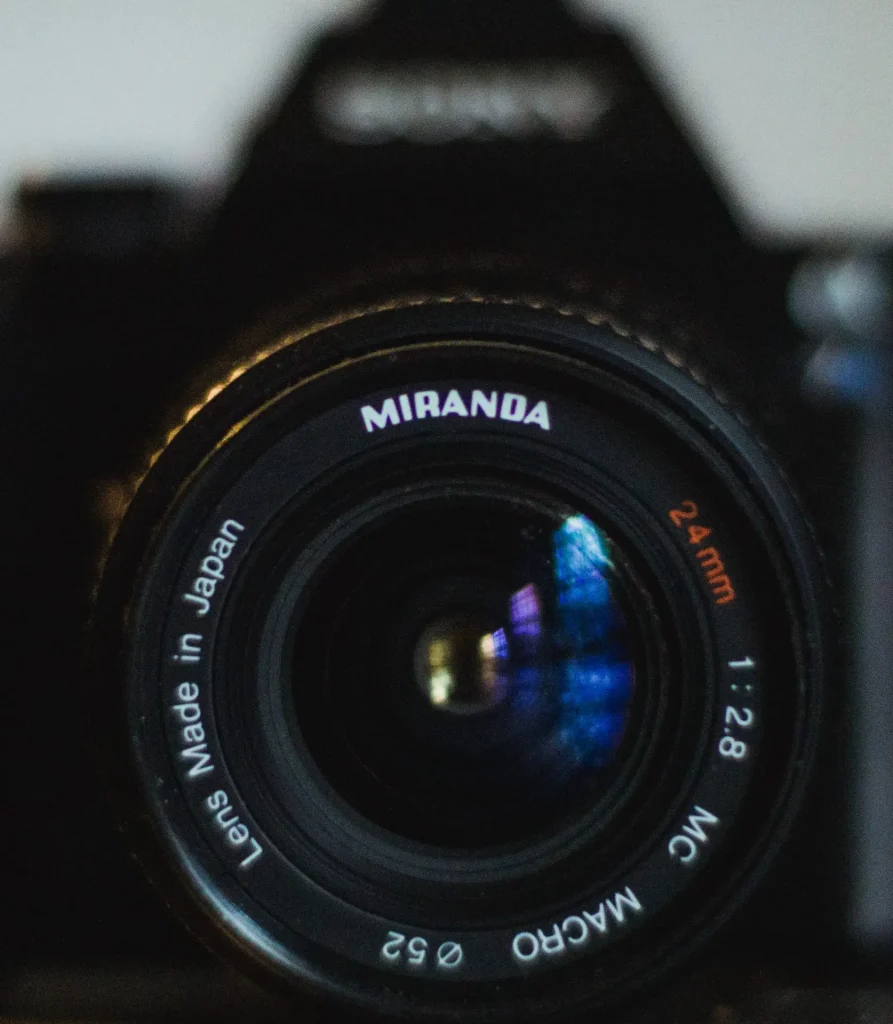
It’s now 2020. At the time of writing this, it’s now been three months since October 2019 when I first started casting for my feature film. The screenplay was “good enough” – although I was still writing new drats until the week before the first day of shooting – I quickly vetted and cast; some excellent actors that I sourced through Mandy.com. But I was nervous, in no small-part to feeling the whole thing was going to fall-through as it had done before, but also because I felt visually, the film just might not be very interesting.
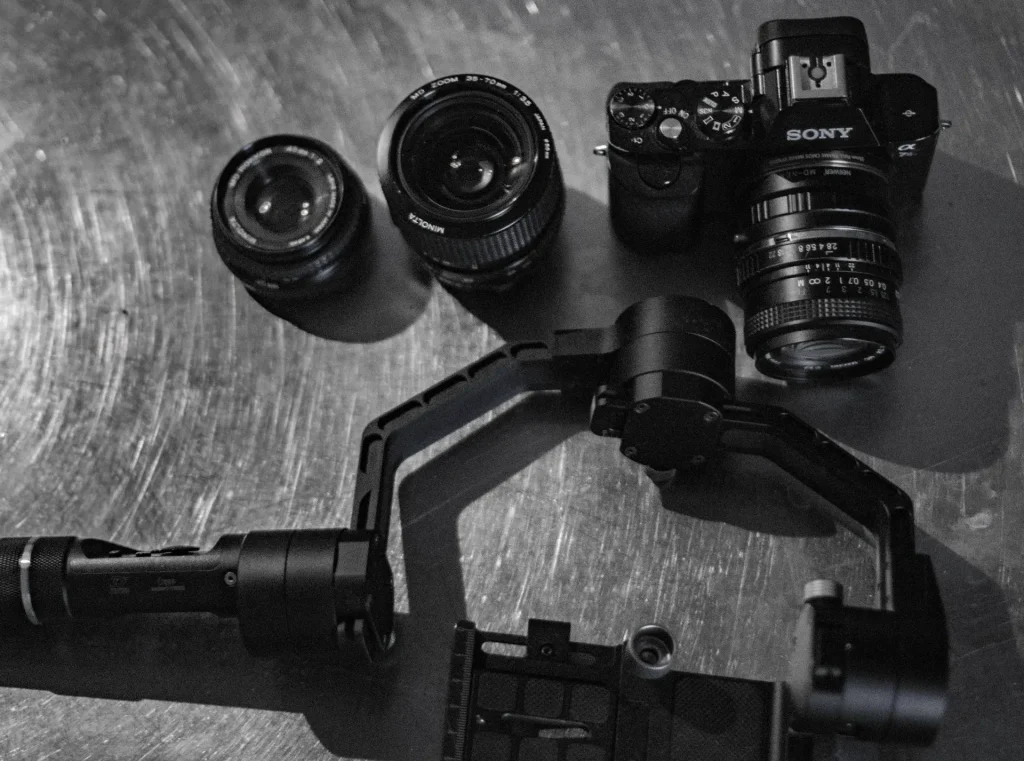
I was aiming to shoot the entire thing on my Sony A7s, Zhiyun Crane Gimbal Steadicam and Minolta 35-70mm and Miranda 45mm lenses… The visuals of Darren Aronofsky’s- Pi kept coming to mind – especially the wide, distorting visuals. I decided, around a month before the first day of Principal Photography – on November 27th – that I needed to go wide for a couple shots to really help express the protagonist’s warped mental state. The Miranda 24mm F/2.8 (Macro) is what I eventually chose on, not only for similar reasons to why I bought the Miranda 45mm, but also because of my love for the latter lens. For only £35 on Ebay for the 24mm – it’s been a massive bargain.
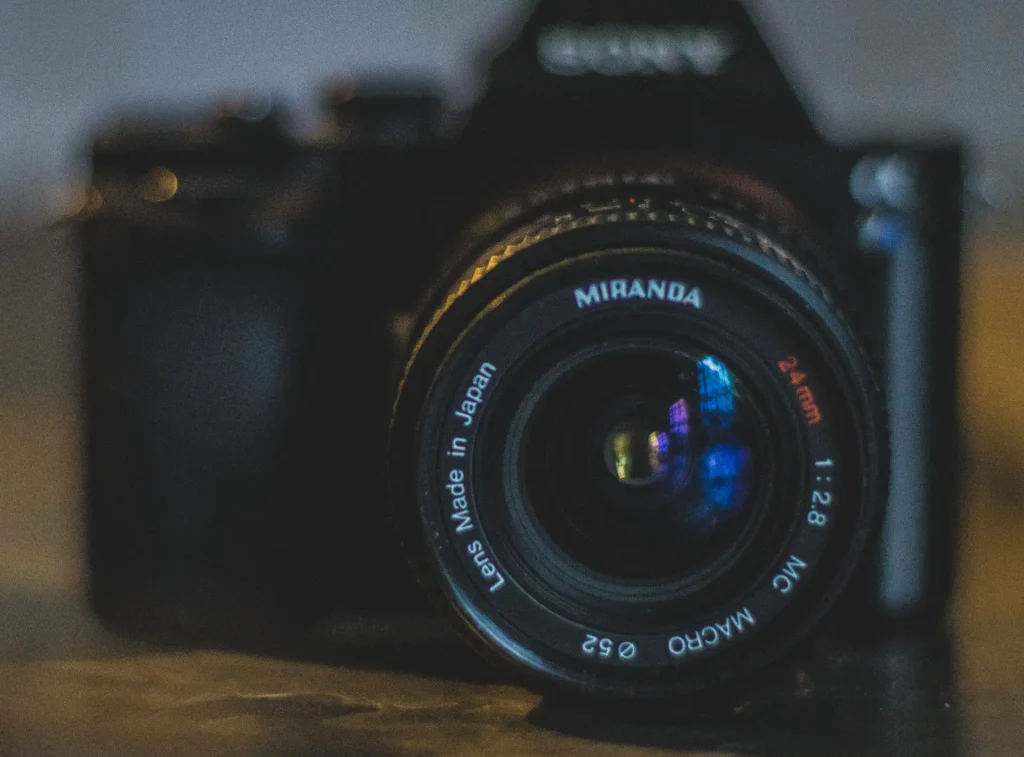
My last day of shooting was on December 11th – all in all, there were 7 full shoot days. The quality of the visuals I managed to get from the combination of camera and vintage lenses is a surprise, even to me – in only positive ways. My lens choice per set-up depended on the narrative and emotive choices – and as I shot, I was editing the film in my head, making sure the continuity was all there.
The challenges were three-fold.
Being the Director/Producer/Cinematographer/Writer/Video Editor of a project is a lot of hats to wear, but thankfully they all blend in fluidly with the other. I faced logistical, technical and creative challenges aplenty. From an inept Location Recordist, Steadicam not balancing correctly, to the framing for an important scene just not feeling right. But having so much creative control meant I was able to make wild decisions on the fly. “Fuck it, let’s get this (8+ minute scene) in one take while I follow you and cut between you both with the steadicam”.
It sounds stupid but I had rehearsed extensively with my actors prior to filming, these scenes were simple to block and let’s not forget that most British actors are theatre trained, they love this stuff. It’s physically and mentally exhausting filming such long takes though, trying to remember each important line so you turn the camera at the right time and making sure you’re keeping both actors in the plane of focus, and making sure you’re not lifting the camera/steadicam too high so the boom is in shot, and making sure you don’t fall over and and and…
What was incredibly challenging were the rape scene, the fight scene and the emotional intensity of the murder scene. And while there were initially 10 days with more days pencilled just in case, by the end, only 7 shoot days were used. But when you leave your actors to their craft and you yourself wear so many hats, it can make things incredibly snappy when you’re aware of what you have.
The current runtime is 87:32 minutes before Opening Titles and Credits – with the film close to picture-lock. I haven’t had a day off in months.
The total budget spent: £3583
.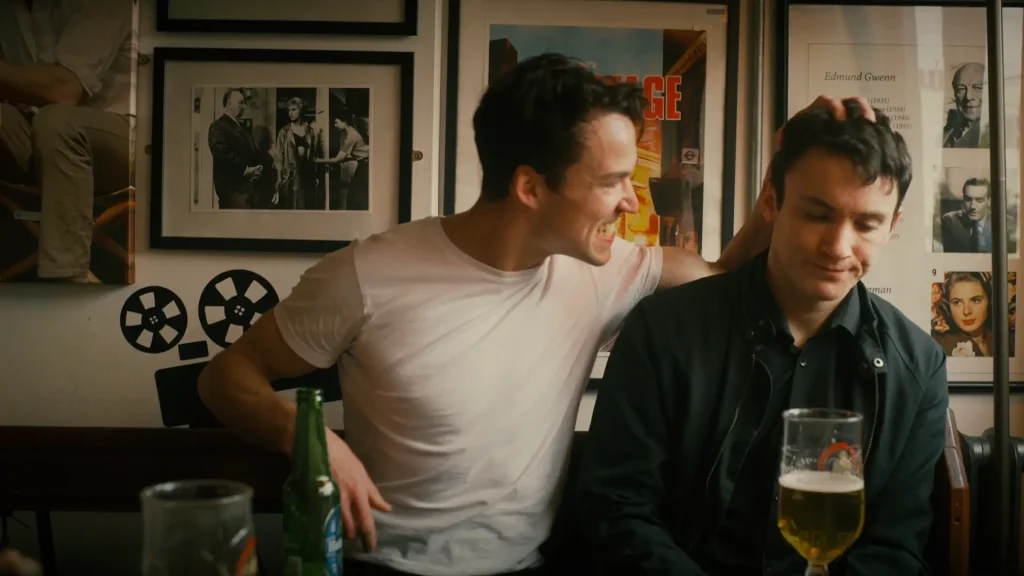
There are some tips I have when it comes to getting the best from vintage lenses, for filmmaking. Firstly, as you’re shooting in manual – you should know the exact distance you are from your subject/character. Moving out and then into the plane of focus can give incredibly emotive visuals. Second: find a lens that can focus to macro-distances. Third: get to know your lenses, and the exact time it takes to shift focus. You don’t want to miss out on your subject/character doing something interesting because you couldn’t pull-focus in time.
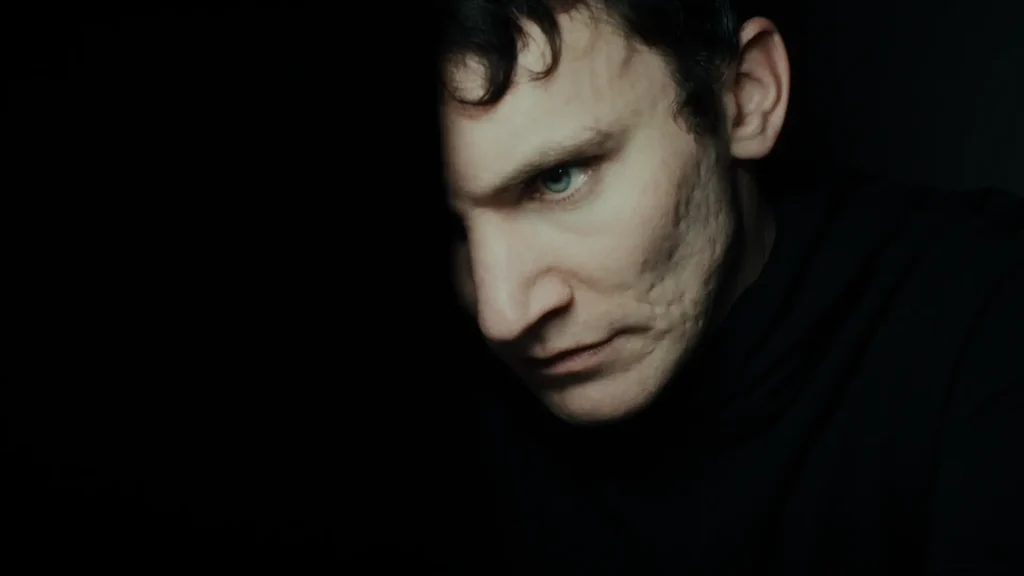
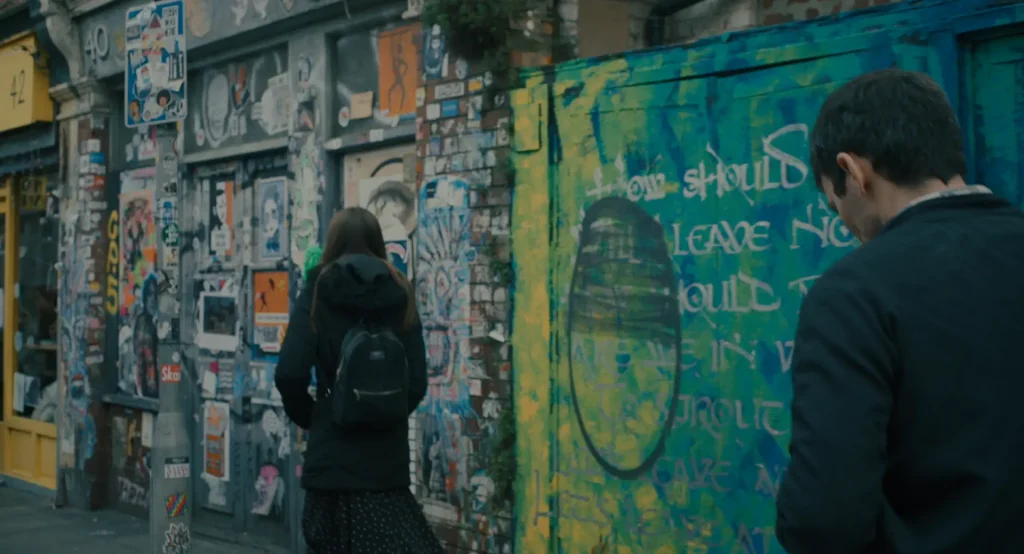
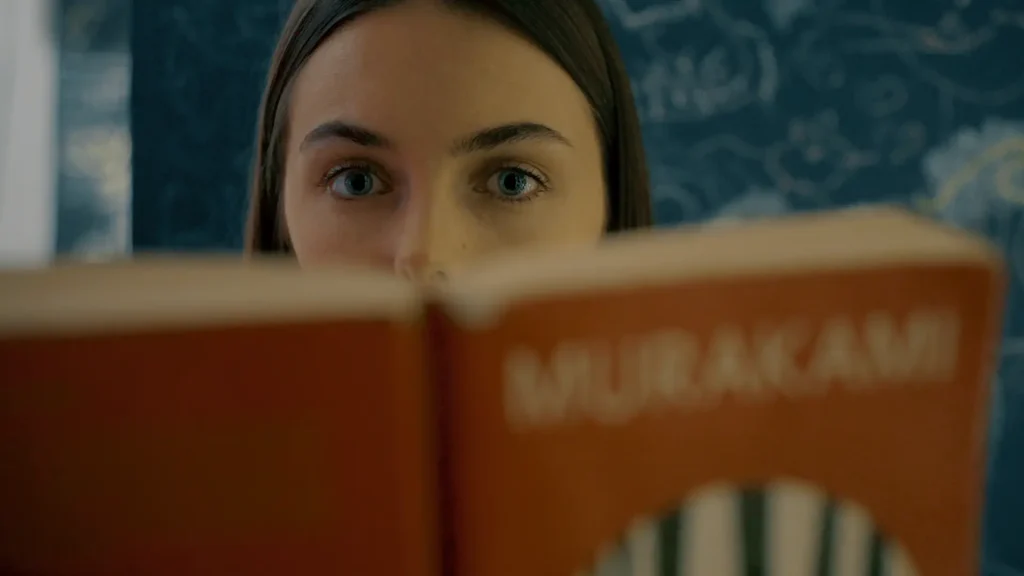
For making a modern, micro-budget feature film – I also feel that going with a Sony Mirrorless camera has a massive advantage for the not-so-insignificant fact that you can use cheap, beautiful vintage lenses when using an equally cheap lens mount adapter (that can be purchased on Amazon), but also because of its brilliant low-light ability.
I shot the film with natural lighting and whatever lighting was on location. What do I mean by the latter point? Any lamps I could find in the Airbnb’s I used as location shoots. I winged it because I knew I could. And ultimately, the Sony Mirrorless low-light ability was the biggest cost-saving factor for the entire film. Set lights are heavy, cumbersome and can require an excess of time to get “just-right”. There’s wires and other naff things in the way, plus more bodies on set. When you have to go with what you have on location, you make do – I don’t find the latter point a negative.
Another big reason is Slog-2/3 options – even just setting a colour profile to neutral with cine is a massive help. Colour grading is THE MOST IMPORTANT part of making a film feel cinematic. That’s why the Sony Mirrorless ISO ability is such an important selling point. As long as everything is balanced competently with the lighting, you can cheat it in Post.
HUEY IS NOW AVAILABLE FOR RENT OR PURCHASE ON AMAZON PRIME:
Rent or Purchase: https://amzn.to/2MKmFCF
Teaser: https://vimeo.com/441097380
Follow my Instagram at @brendensinghfilm
Share this post:
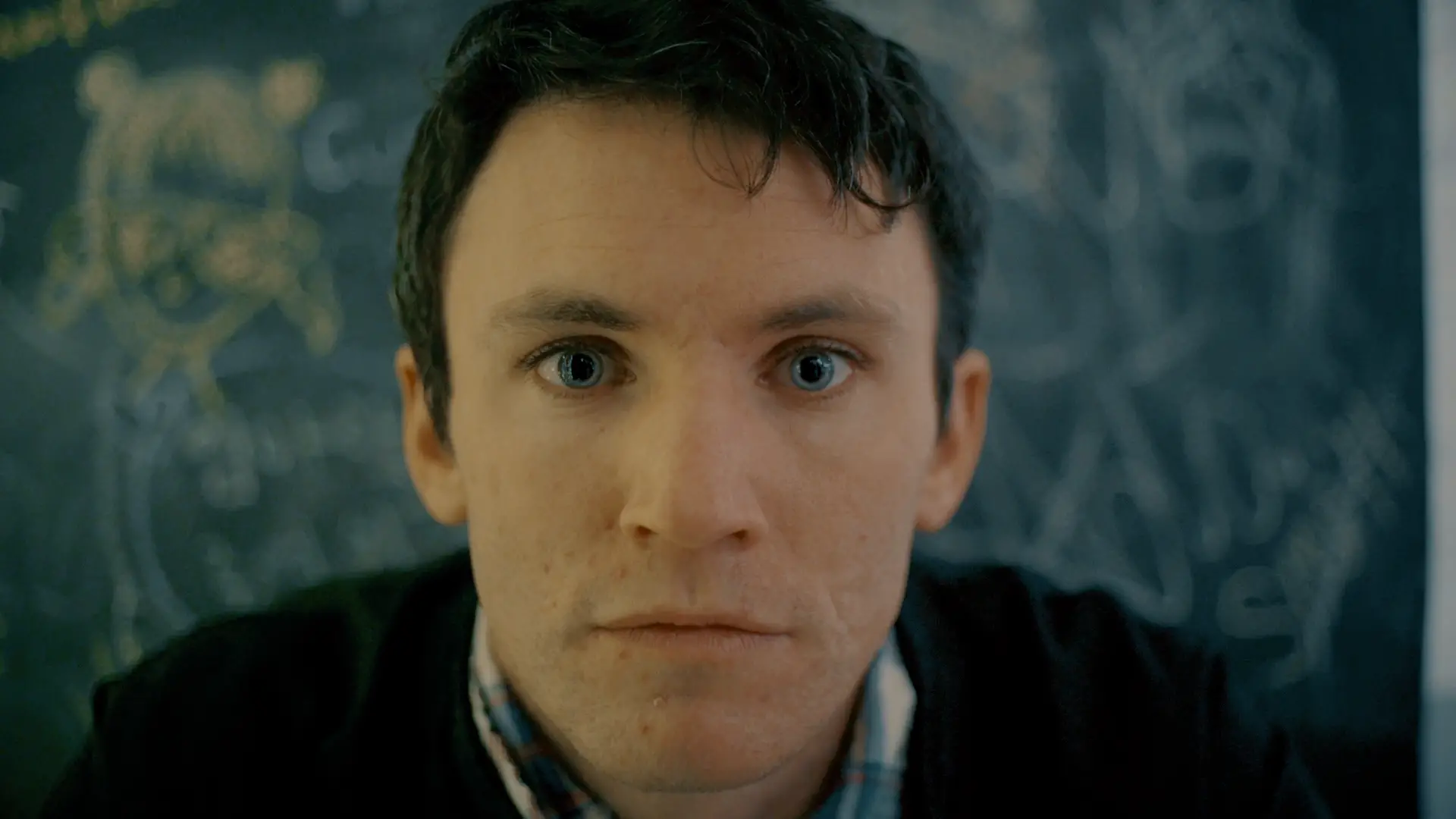








Comments
Rock on How I Shot A Micro-Budget Feature Film for less than £4000 with Vintage Lenses and a Sony A7s – By Brenden Singh
Comment posted: 13/02/2020
Eric Rose on How I Shot A Micro-Budget Feature Film for less than £4000 with Vintage Lenses and a Sony A7s – By Brenden Singh
Comment posted: 13/02/2020
Mandy on How I Shot A Micro-Budget Feature Film for less than £4000 with Vintage Lenses and a Sony A7s – By Brenden Singh
Comment posted: 13/02/2020
James T on How I Shot A Micro-Budget Feature Film for less than £4000 with Vintage Lenses and a Sony A7s – By Brenden Singh
Comment posted: 13/02/2020
ERIC on How I Shot A Micro-Budget Feature Film for less than £4000 with Vintage Lenses and a Sony A7s – By Brenden Singh
Comment posted: 14/02/2020
BRAVO !
I AM TOTALLY AGREE.
I DO NOT USE THESE LENS BUT OTHERS AND RESULTS ARE GREAT TOO WITH A SONY A7 RII
THANK YOU SO MUCH ONE MORE TIME
Poster for my no-budget feature film HUEY - Online Movies Free to Download on How I Shot A Micro-Budget Feature Film for less than £4000 with Vintage Lenses and a Sony A7s – By Brenden Singh
Comment posted: 23/08/2020